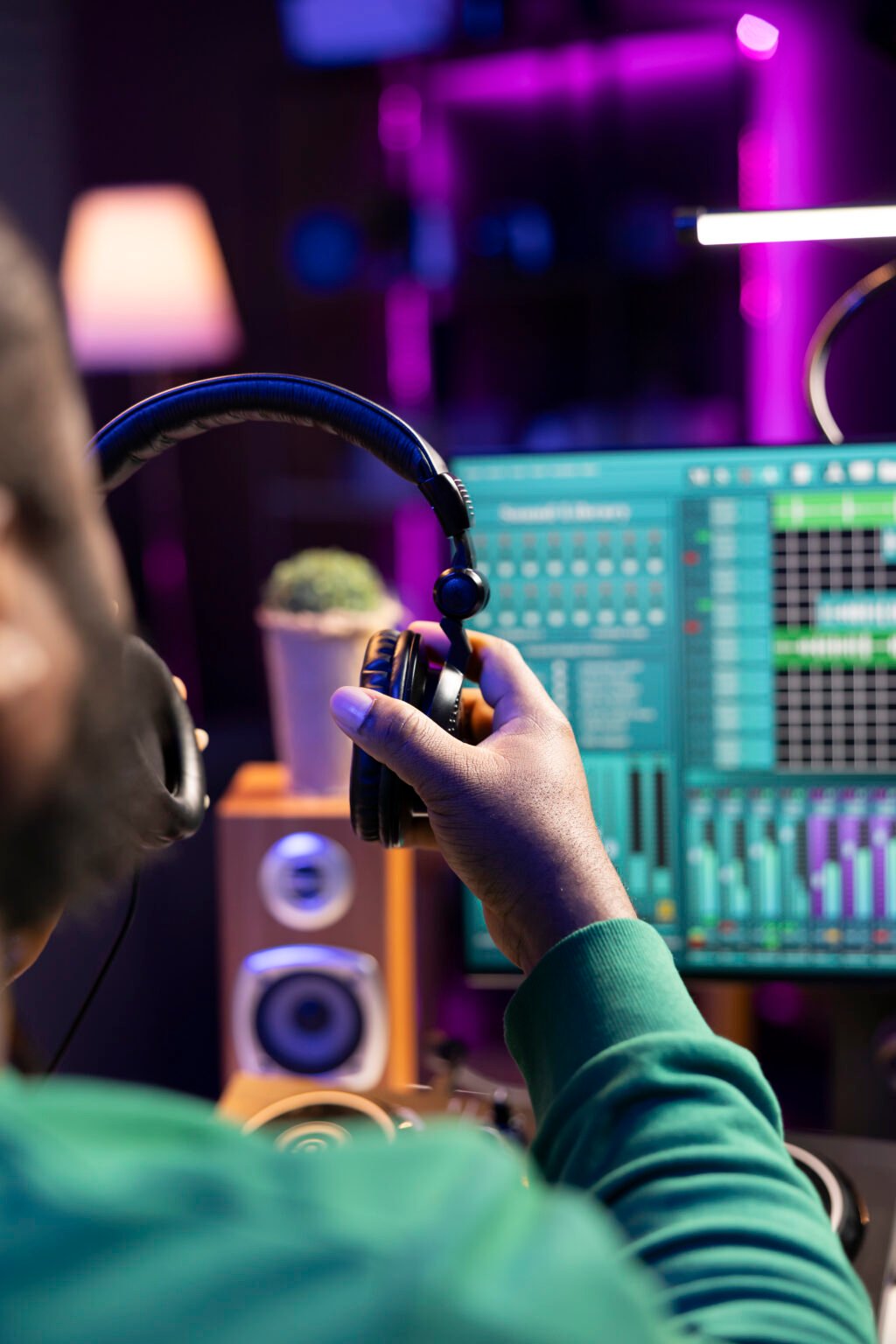Essential Techniques for Seamless and Crisp Podcast Audio Production

Podcasting has become one of the most effective ways to connect with an audience.
Whether you are producing content for business, education, or entertainment, the sound quality of your episodes plays a big role in how listeners perceive your work. Clear, seamless, and crisp audio makes your podcast feel professional and keeps your audience engaged.
The good news is, you don’t need to be an expert engineer to improve your sound. By learning the right techniques, you can create polished episodes that capture attention and build trust with listeners.
Setting the Foundation: Recording Environment
Before thinking about editing or mixing, you need to start with a clean recording. The environment where you record can greatly impact the clarity of your audio.
A quiet space is essential. Choose a room with minimal outside noise, such as traffic, pets, or other people. Soft surfaces like carpets, curtains, or furniture help reduce echo, making your voice sound natural. If you’re recording in a small space, adding simple acoustic panels or even blankets on the walls can reduce unwanted reflections.
Choosing the Right Microphone
Your microphone is the most important piece of podcasting equipment. A basic built-in laptop mic won’t capture your voice as clearly as a dedicated external microphone.
Dynamic microphones are popular among podcasters because they are less sensitive to background noise and work well in untreated spaces. Condenser microphones, on the other hand, are more sensitive and can deliver studio-level clarity, but they require a quieter recording area.
Using Headphones for Monitoring
One simple but effective technique is monitoring your recording with headphones. This allows you to hear exactly what the microphone is picking up. You’ll notice small background noises or distortions that you might miss otherwise.
Closed-back headphones are the best option because they prevent sound from leaking into the microphone. By listening in real-time, you can adjust your voice level, microphone position, or background environment before recording a full episode.
Proper Mic Technique
How you speak into the microphone matters just as much as the mic itself. Speaking too close can cause distortion, while speaking too far away can make your voice sound thin.
Maintain a consistent distance and angle. A good practice is to imagine you’re speaking Seamless slightly past the microphone, not directly into it. This helps soften plosive sounds. You should also avoid moving around too much while speaking, as this creates volume inconsistencies.
Controlling Volume Levels
Audio that is too quiet forces listeners to turn up their volume, while overly loud audio can distort. Both situations make your podcast sound less professional.
Before recording, test your input levels. Most recording software shows green, yellow, and red zones for sound levels. Aim for the yellow range, which indicates healthy volume without distortion.
Reducing Background Noise
Even in quiet rooms, background noise can creep into your recording. Fans, air conditioning Seamless units, or computer hums can be distracting.
Turn off unnecessary electronics and close windows. If you cannot control outside noise, consider using noise reduction tools in your recording software. However, use these tools lightly, since over-processing Seamless can make voices sound unnatural.
Recording in Separate Tracks
If you have multiple hosts or guests, record each person on a separate audio track. This allows you to control each voice individually during editing.
For example, if one person’s microphone is louder than another’s, you can adjust it without affecting the whole recording. It also makes it easier to remove interruptions like coughs or background noise from one track without cutting into another.
Editing for Clarity and Flow
Once you have a clean recording, editing is where you polish the sound. Remove long pauses, filler words, or mistakes that interrupt the flow of the conversation.
Equalization (EQ) is a powerful tool. By slightly boosting mid-range frequencies, you can make voices sound warmer and clearer. Compressors are also useful, as they balance volume levels so soft parts are more audible and loud parts are controlled.
If this feels overwhelming, you can always look for a podcast editor for hire who specializes in polishing recordings, ensuring your episodes sound seamless and professional.
Adding Music and Sound Effects
Music and effects can make your podcast more engaging, but they should enhance the content, not distract from it.
Use intro and outro music to give your show a signature feel. Transition sounds can also help separate segments or topics. Make sure the music volume is balanced; background music should never overpower the voices.
Maintaining Consistency Across Episodes
Consistency is vital for building listener trust. Each episode should have similar sound quality, volume levels, and style.
Keep a checklist of your recording setup, microphone placement, and editing steps. Using the same intro and outro music also reinforces your brand identity. Over time, your listeners will recognize and expect this level of quality.
Mastering the Final Audio
Mastering is the final step in audio production. This involves preparing your audio so it sounds polished across all devices, whether someone listens with headphones, in a car, or on a speaker.
Normalize the audio so that volume levels are consistent. You can also use limiting tools to prevent any peaks from becoming too loud. The goal is to make your episode sound clear and balanced everywhere.
File Formats and Export Settings
How you export your final audio matters. MP3 is the most common format for podcasts because it provides a good balance between quality and file size.
Set your bitrate to at least 128 kbps for speech-only podcasts, and 192 kbps if you include music. Higher bitrates give better sound but result in larger files. Always check your podcast hosting platform’s recommendations before exporting.
Backup and Storage
Losing an episode due to a technical error can be frustrating. Always back up your recordings in at least two places, such as a computer and a cloud service.
Organize your files with clear names and dates so you can easily find them later. This habit saves time when editing or reusing clips for future projects.
Create Audio That Listeners Love
Crisp and seamless podcast audio doesn’t happen by accident. It comes from a mix of good preparation, proper equipment, and smart editing. From choosing the right microphone to mastering the final file, every step matters in creating a professional show.
By applying these essential techniques-or partnering with a skilled editor-you can deliver high-quality audio that keeps your audience engaged and coming back for more.
For more cool reads and a ton of knowledge, make sure to visit our blog!






